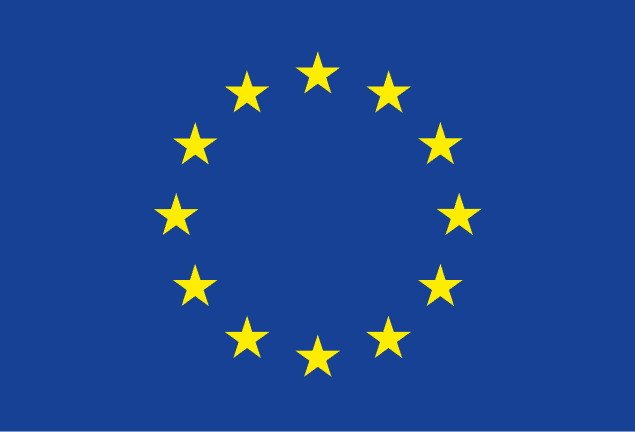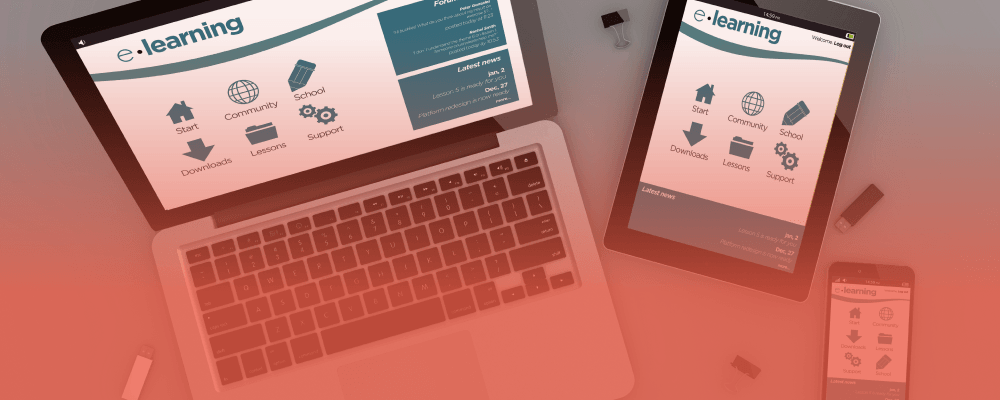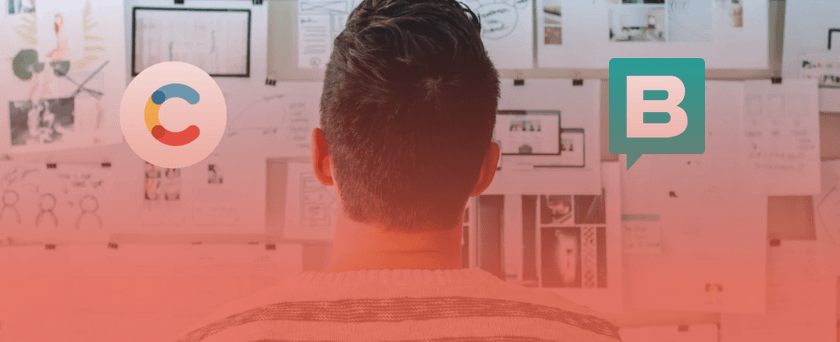What if there was a way to publish content faster and more efficiently – would a headless CMS catch your interest? It sounds a bit futuristic, maybe even complicated, but don’t let the jargon fool you. It’s a practical, powerful approach to content management that benefits everyone involved – users, marketers, and developers alike.
Here, we explain the benefits a headless content management system offers to them, starting with a simple explanation of what it is and how it works.
Headless content management system explained
Think of traditional content management systems – like WordPress or Joomla. These CMSs are great at handling your website’s content and how it’s presented to visitors, without needing to know how to code. But here’s the catch: they tie everything together in one package. Content, design, and functionality are all bundled up, making it tricky to repurpose your content across different platforms.
A headless CMS is a type of content management system that keeps the content creation and content display layers separate. It doesn't dictate how content should look to the end user. Instead, it provides content via an API (Application Programming Interface), which can be used by various platforms and apps to display content in any format.
Why does this matter? Because it gives you more control. You can push your content to any platform, like websites, mobile apps, or even smartwatches, all from one central place.
Discover the key differences between headless and traditional CMS by checking out this link.
Top benefits of headless CMS
1. It’s great for marketers because…
1. …they maintain a consistent brand presence.
Ensuring your brand stays consistent is important, yet challenging when dealing with various platforms.
A headless CMS helps by making sure your content is synced across all connected platforms, by pulling from a single source and updating all at once. This not only supports your brand identity and keeps your messages on point but also reduces the risk of errors.
2. …they update content across multiple platforms with minimal effort.
With a headless CMS, updating your content is easier because one update is all it takes to have it appear on your website, app, and other digital platforms. You won’t need to go to each platform to make the same changes.
By making it possible to reuse content, the centralized content hub removes manual processes, like copy and pasting, making your job easier.
3. …they launch campaigns faster.
Marketing success depends on timing. If you’re stuck waiting on developers to update a webpage or push out new content or promotions, you’re losing valuable time.
With a headless solution, marketers can implement campaigns on their own, without delays and bottlenecks.
This means faster launches and a quicker response to market shifts, giving you an edge over competitors.
4. …they have more control over the content.
This point is related to what we talked about earlier in point 3.
With a traditional CMS, marketers and content creators had to update your website first, then coordinate with developers to distribute the same content to your mobile app and other channels. They collaborated closely with developers to execute campaigns.
Using a headless CMS, marketers can take charge of content, which reduces the dependency and need for constant support from tech teams.
Developers can then dedicate their time to enhancing the system, leaving content management to the marketers. This clear role separation leads to smoother collaboration and faster results.
2. It’s great for users because…
1. …they get faster websites and apps.
A headless CMS allows developers to optimize content delivery by tailoring it to each platform. This means pages load quicker, apps run more smoothly, and users have a better experience overall. Users are less likely to run into broken pages.
2. …they enjoy a seamless experience across all platforms/devices.
Whether they’re on a smartphone, tablet, or desktop, users get a consistent look and feel across all platforms.
A headless CMS ensures that content adapts perfectly to different devices, making navigation easier and more intuitive.
3. …they receive content that’s always fresh and up-to-date.
With a headless CMS, content can be updated quickly and pushed out to all platforms at once. Users benefit from seeing the most current information, whether it's the latest blog post, product update, or news item, without any delays.
4. …they get more personalized and relevant content.
Content managed with headless CMS can be customized and personalized more easily for different audiences. This means users are more likely to see content that’s relevant to their needs and interests, enhancing their experience with your brand.
Now, developers, this one’s for you.
3. It’s great for developers because…
1. …they have more freedom to choose their tools.
Developers gain the flexibility to use the programming languages and frameworks they are comfortable with (e.g. React, Vue.js, Angular).
There are no limitations from specific, predefined templates or technologies, which also means they don’t have to deal with back-end languages where they lack experience.
2. …they create websites that load faster and include tailored mobile features.
Headless content management systems separate content from its presentation, meaning developers can optimize the performance of websites and apps on different devices. It leads to quicker load times and a better user experience, which is crucial in today’s digital environment.
For example, they can create different versions of a site for mobile and desktop users, ensuring that each is optimized for speed and usability. This kind of flexibility is hard to achieve with traditional CMS systems.
3. …they can easily integrate with other systems.
A headless CMS can connect with various platforms and services through APIs (Application Programming Interfaces). APIs are like digital bridges that allow different software systems to communicate with each other, sharing data and functionality without being directly linked or dependent on one another.
This makes it easier to add new services without needing to rebuild the entire system. For example, your organization might want to add an e-commerce feature, integrate a CRM (Customer Relationship Management) system, or pull in analytics from a third-party service. Thanks to headless approach, developers can quickly connect these services to the CMS, allowing for real-time data exchange.
This flexibility is especially important as businesses grow and their needs evolve.
4. …they work more efficiently.
By decoupling content from design, developers can focus on building the technical aspects of the site while the marketing team manages the content separately. They can also build custom solutions without being tied down to the limitations of traditional content management systems.
This streamlined workflow reduces bottlenecks and speeds up the development process. Teams can work on different parts of the project separately, which promotes efficient collaboration.
Tech toolkit – pick your favorite headless CMS
If your business is growing and you’re looking to scale your digital efforts, a headless content management system could be exactly what you need. This approach empowers everyone involved, from users enjoying a smoother experience to marketers launching campaigns faster and developers building with more freedom.
Headless CMS platforms we focus on are Storyblok, Strapi, and Contentful.
- Storyblok: is known for its user-friendly visual editor and flexible content structure, making it easy for teams to collaborate.
- Contentful: is a popular choice for its robust API capabilities and scalability, ideal for larger, enterprise-level projects.
- Strapi: stands out for its flexibility, a great fit for projects where having control over data and infrastructure is key.
Many believe that a headless system complicates content management, but these 6 companies prove otherwise. Read our blog article to learn how headless technologies were a game-changer for 6 businesses in multiple industries (with the help of Contentful, Strapi, and Storyblok CMS).
CMS headache? We will help you find the solution that works best for your specific needs. Why settle for traditional when you can have innovative and adaptable? Book a free consultation with our specialist.






